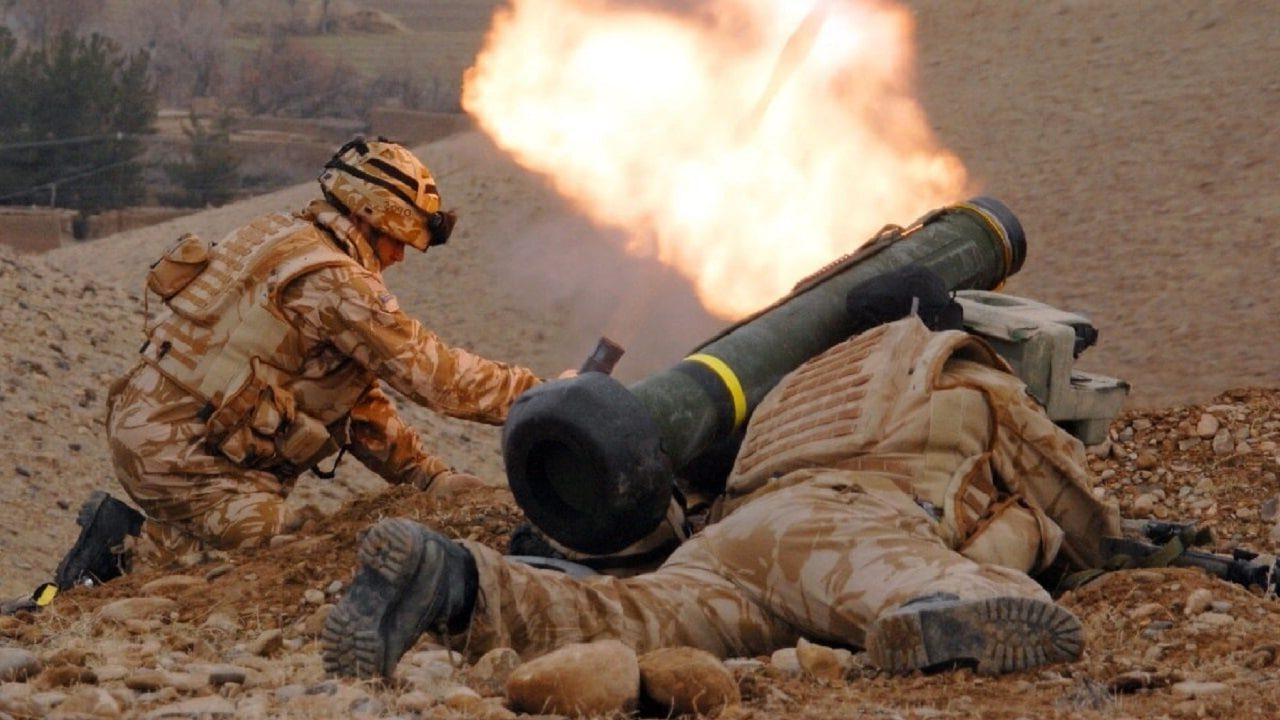On day 89 of the Russian invasion of Ukraine, the Russian military is pushing hard in eastern Ukraine in an attempt to break through the Ukrainian defenses.
According to the Institute for the Study of War, the Russian military is likely preparing to resume offensive operations in southern Ukraine in the Kherson, Mykolaiv, and Zaporizhia directions. However, most of the fighting is taking place around the Ukrainian city of Severodonetsk.
Russian Casualties
The Russian military continues to suffer unsustainable casualties. With just over 100 battalion tactical groups inside Ukraine, the Russian military is struggling to meet the demands of the expansive battlefield.
The battalion tactical group is a combined-arms task force and the main warfighting unit of the modern Russian ground forces. Comprised of a combination of armor, mechanized infantry, combat engineers, artillery, air defenses, and electronic warfare, the battalion tactical group has between 800 to 1,000 troops (although some battalion tactical groups seem to have gone to war with around 650 men).
According to the Ukrainian Ministry of Defense, as of Monday, Ukrainian forces have killed approximately 28,700 Russian troops (and wounded approximately thrice that number), destroyed 204 fighter, attack, and transport jets, 168 attack and transport helicopters, 1,254 tanks, 596 artillery pieces, 3,090 armored personnel carriers, 200 Multiple Launch Rocket Systems (MLRS), 13 boats and cutters, 2,162 vehicles and fuel tanks, 93 anti-aircraft batteries, 460 tactical unmanned aerial systems, 43 special equipment platforms, such as bridging vehicles, and four mobile Iskander ballistic missile systems, and 103 cruise missiles shot down by the Ukrainian air defenses.
In its daily estimate of the war, the British Ministry of Defense highlighted the Russian military’s casualty issues.
“In the first three months of its ‘special military operation’, Russia has likely suffered a similar death toll to that experienced by the Soviet Union during its nine year war in Afghanistan. A combination of poor low-level tactics, limited air cover, a lack of flexibility, and a command approach which is prepared to reinforce failure and repeat mistakes has led to this high casualty rate, which continues to rise in the Donbas offensive,” the British Military Intelligence assessed.
The Kremlin and the Russian Ministry of Defense have been denying reports of heavy casualties—they hadn’t even acknowledged a single Russian loss until days into the war—in an attempt to save face with the Russian population but also salvage any morale that remains in the military.
“The Russian public has, in the past, proven sensitive to casualties suffered during wars of choice. As casualties suffered in Ukraine continue to rise they will become more apparent, and public dissatisfaction with the war and a willingness to voice it may grow,” the British Ministry of Defense added.
Russian Drones
Unmanned aerial systems, or drones, are key assets in the modern battlefield. They can carry and deploy weapons with precision—depending on the drone and the military—and they are excellent platforms for intelligence, surveillance, and reconnaissance operations.
Over the weekend, the British Ministry of Defense dedicated an update on Ukrainian and Russian tactical unmanned aerial vehicles, their use, and casualties in Ukraine.
“The Russia-Ukraine war has seen Uncrewed Aerial Vehicles (UAVs) playing a pivotal role for both sides although they have suffered a high rate of attrition. UAVs have proved vulnerable both to being shot down and to electronic jamming,” the British Military Intelligence stated.
“Russia has attempted to implement the concept of ‘Reconnaissance Strike’ it refined in Syria, which uses reconnaissance UAVs to identify targets to be struck by combat jets or artillery. Russia is likely experiencing a shortage of appropriate reconnaissance UAVs for this task, which is exacerbated by limitations in its domestic manufacturing capacity resulting from sanctions. Crewed Russian aircraft mostly continue to avoid conducting sorties over Ukrainian territory, likely because of the threat from intact Ukrainian air defence missiles systems,” the British Ministry of Defense said.

Soldiers assigned to the 2nd Battalion, 32nd Field Artillery, 1st Brigade Combat Team, 101st Airborne Division, fire a M777 towed 155 mm Howitzer on Qayyarah West Airfield, Iraq, Aug. 10, 2019. The Soldiers conducted a fire mission to disrupt known enemy positions. As long as Daesh presents a threat, Combined Joint Task Force – Operation Inherent Resolve remains committed to enabling its defeat. (U.S. Army Reserve photo by Spc. DeAndre Pierce)

Image Credit: Creative Commons.
U.S. military joint terminal attack controllers (JTACs), troops who coordinate airstrikes and close air support, consistently praise unmanned aerial systems for their intelligence gathering capabilities, precision, and great loiter time over target.
“If Russia continues to lose UAVs at its current rate, Russian forces intelligence, surveillance and reconnaissance capability will be further degraded, negatively impacting operational effectiveness,” the British Military Intelligence added.
1945’s New Defense and National Security Columnist, Stavros Atlamazoglou is a seasoned defense journalist specializing in special operations, a Hellenic Army veteran (national service with the 575th Marine Battalion and Army HQ), and a Johns Hopkins University graduate. His work has been featured in Business Insider, Sandboxx, and SOFREP.

